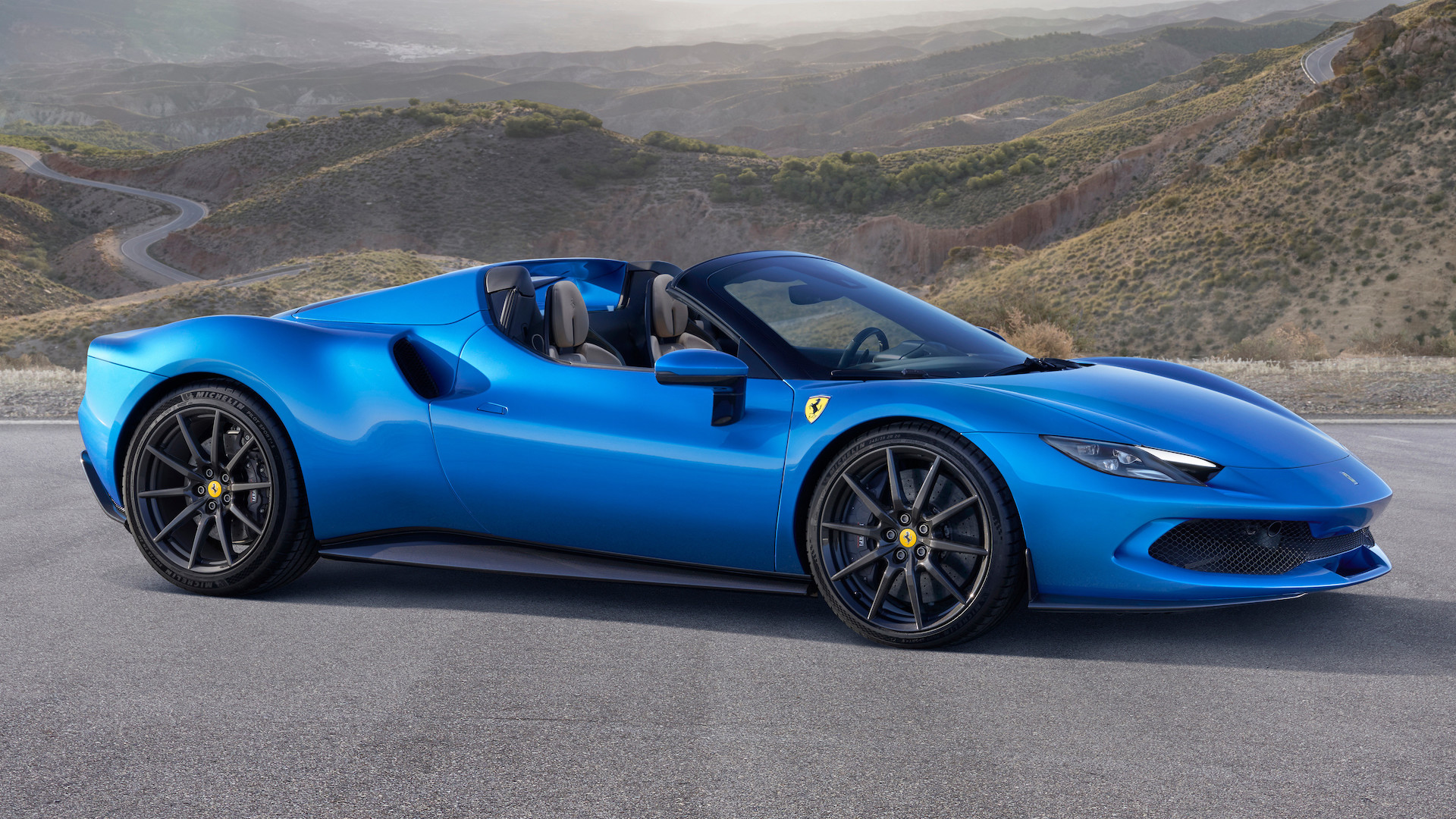

Ferrari might be more inextricably tied to the internal combustion engine than any other carmaker on earth. It was old man Enzo after all who once said, “Aerodynamics are for people who can’t build engines.” But times change, and technology with them, and as of Q3, Ferrari is a company whose bread and butter is now its hybrids. But there are promising signs in this news if you know what angle to view it from.
Ferrari published its Q3 results Thursday, announcing the sale of 3,459 cars last quarter. They were comprised of 13 different models, nine of them ICE-only, while just four were hybrids. Those four though made up the majority of sales—51 percent to be exact. If you get technical, those four are just variants of two models, the 296 and SF90 supercars, whose hardtop and open-topped versions are counted separately.

Both are plug-in hybrids (PHEVs) with electric driving capability, though most of their power still comes from twin-turbo combustion engines—a 3.0-liter V6 in the 296 and a 4.0-liter V8 in the SF90. That means the other 49 percent of Ferrari’s sales volume was made up of its other models, from the Roma, Portofino, and 812 tourers to the Purosangue crossover.
While this sales makeup may be driven in part by emissions regulations, it also says a lot about what Ferrari’s customers still want from it. Look past the hybrid-ICE split, and you’ll note the 296 and SF90 are Ferrari’s only mass-produced mid-engined models, and two of its three most powerful. And while the 296 is on the more affordable end, undercut by only the Portofino and Roma, the SF90 is one of its priciest. The takeaway is clear: Ferrari customers want mid-engined horsepower, and they’re willing to pay to get it.
So, while it’s a historic milestone for Ferrari hybrids to outsell its ICEs, it’s not as significant a moment as when the Urus took over Lamborghini’s bottom line. One of these Italian exotic car companies still sells mostly mid-engined supercars, just ones with hybrid systems that make them more powerful. The other is cashing in on the SUV craze, and that outwardly changes its brand image more than any number of hybrid sales ever could.
Got a tip or question for the author? You can reach them here: james@thedrive.com